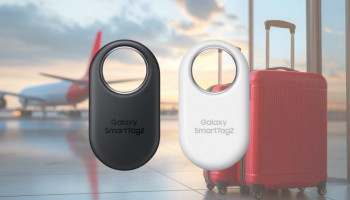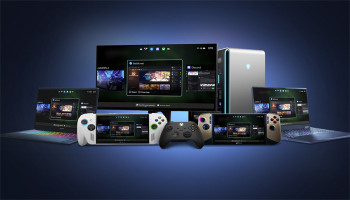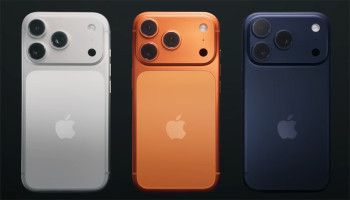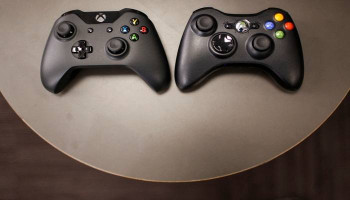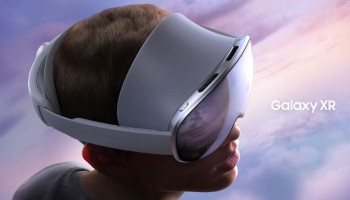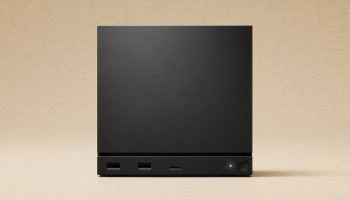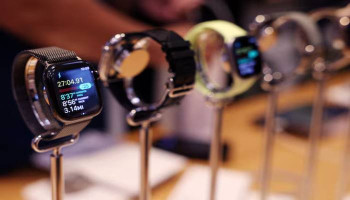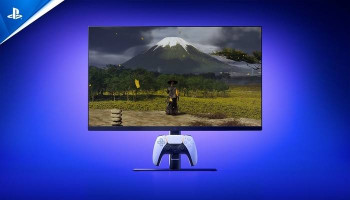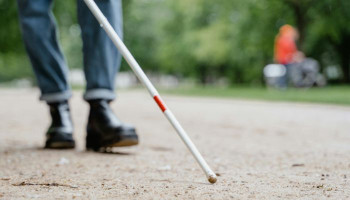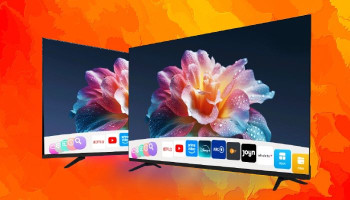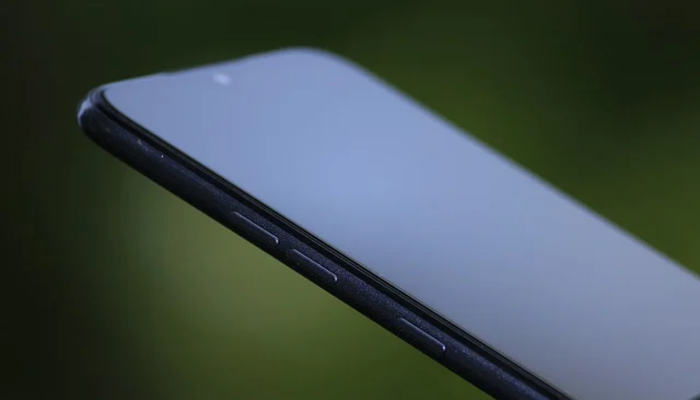
Apple has just been granted two patents that are aimed to augment the privacy features of its upcoming iPhone and Mac variants, making it hard for prying eyes to sneak on your iPhone or Mac.
This innovative technology aims to protect the content displayed on your phone by minimising the viewing angles. This technology has the potential to replace the screen protectors used by many smartphone owners for this purpose.
With the two patents under discussion, Apple would be utilising two different methods to ensure the application of additional privacy features to its products.
Apple's display privacy patents
One patent is about a 'privacy film' that is applied to curved displays, aiming to shield the contents on the screen from people close to you.
One patent is described to be designed on a film with a light-blocking layer with opaque and transparent sections that is "interposed between the first and second transparent substrates".
The film has a mix of opaque and see-through sections surrounded by two see-through layers. This process guarantees that if you're facing the display, it's crystal clear, but from the sides, it looks distorted or blank.
However, from certain angles, people behind you might still be able to catch a glimpse of your screen contents.
Published on November 21, the second patent focuses on 'displays with adjustable angles of view.' It uses a layer with adjustable light-blocking structures made of electrochromic material between the display's first and second layers.
The manufacturer suggests that users can send a current to the electrodes, converting the material opaque to block views. What’s surprising is that viewing angles could be enhanced and transparent by reversing this process with another current.
Since Apple possesses various patents, there's no indication that it’s rushing to employ this new privacy technology on its displays.
On the other hand, rumours are hinting that Apple is focused on developing wearable mixed-reality headsets as the next-gen iPhone replacement in the coming decade.
These headsets would ensure better privacy, as the virtual display will only be visible to the person wearing Apple's spatial computer.





